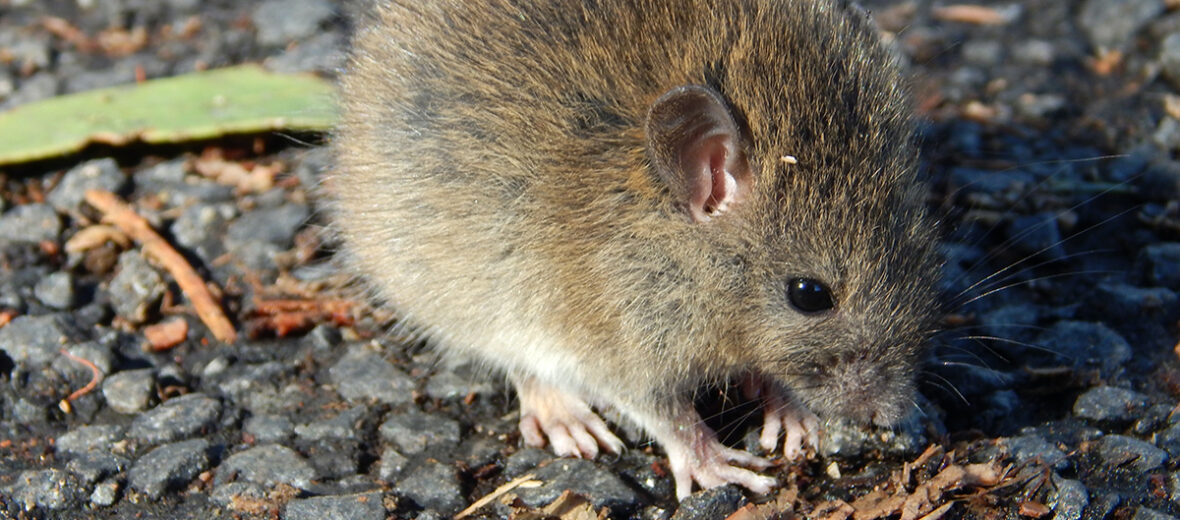
The Polynesian rat, aka little rat, Pacific rat, or kiore, got its beginnings in Southeast Asia. however, like the brown rat and black rat, they have spread to many other locales. These are the third most invasive rat species, after the brown and black rats. They have spread throughout southeast Asia, from Polynesia, to Easter Island, to New Zealand, and even Hawaii. They also inhabit Australia. Due to a stable population and invasive nature, these rats are listed as Least Concern by the IUCN.
First the Stats…
Scientific name: Rattus exulans
Weight: Up to 2.8 ounces
Length: Up to 6 inches, plus up to a 6 inch tail
Lifespan: Up to 15 months
Now on to the Facts!
1.) These rats are highly adaptable, like other invasive rat species. They can tolerate forest habitats, grasslands, agricultural zones, urban, and suburban environments.
2.) Like other rats, Polynesian rats are social and have a social hierarchy.
3.) They are nocturnal (active at night) like other rat species.
4.) While not arboreal, they are skilled climbers and will sometimes even build their nests in trees.
5.) Polynesian rats have been documented collecting food and taking it back to a safe place to eat it. Nuts are often taken back to their nest, aka shelling station, to properly shell the nuts in safety.
But wait, there’s more on the Polynesian rat!
6.) A group of rats is called a colony, horde, mischief, pack, plague, or swarm.
7.) Seeds, nuts, leaves, bark, fruit, insects, spiders, earthworms, lizards, and bird eggs & their hatchlings are all on the menu.
Did you know…?
The female Polynesian rat can birth up to 4 litters in a year!
8.) Females undergo up to a 24 day gestation (pregnancy) that can yield up to 4 pups.
9.) Pups, aka pinkies, are born altricial (blind and helpless), but in just 28 days they are independent.
10.) The young rats are reproductively mature by 8 months of age.
But wait, there’s still more on the Polynesian rat!
11.) Polynesian rats are known to carry at least 10 different diseases, including: leptospirosis, murine typhus, plague, salmonellosis, hantavirus, lymphocytic choriomeningitis (LCMV), and tularemia.
12.) Rats are also hosts to parasites such as fleas, lice, mites, and Angi-strongylus sp. nematodes, which cause rat lungworm disease.
Now a Short Polynesian Rat Video!
This video talks about rats in general.
Be sure to share & comment below! Also, check out the Critter Science YouTube channel. Videos added regularly!
Want to suggest a critter for me to write about? Let me know here.
Some source material acquired from: Wikipedia & IUCN
Photo credit: Forest & Kim Starr



